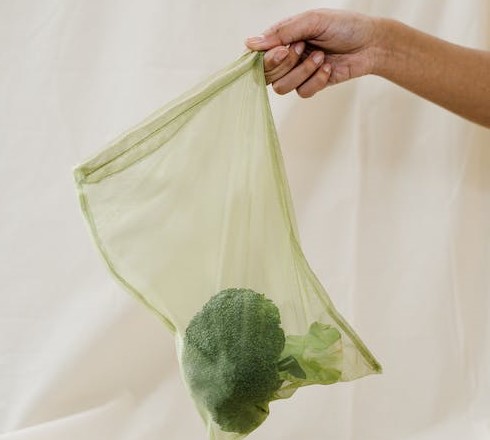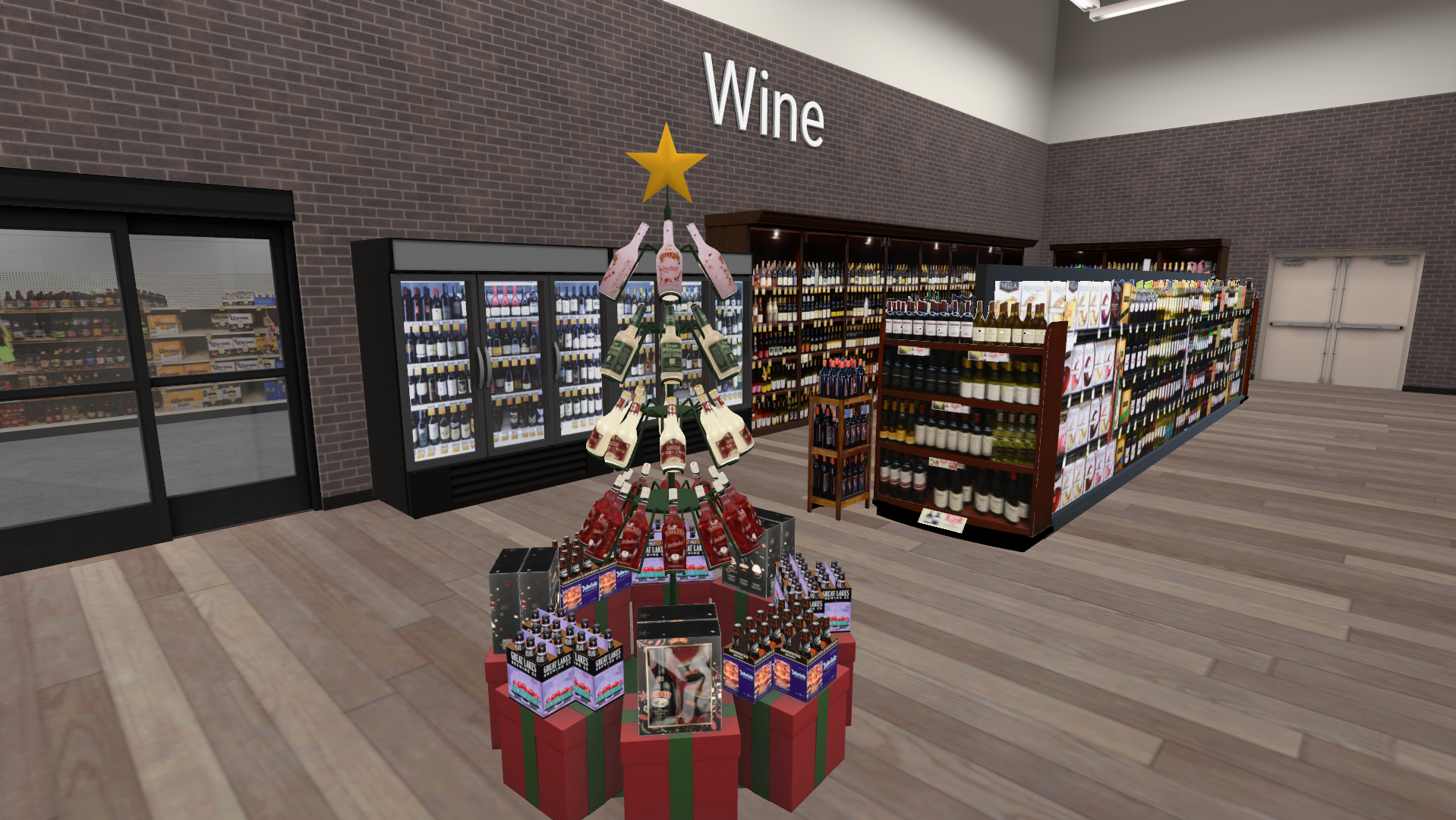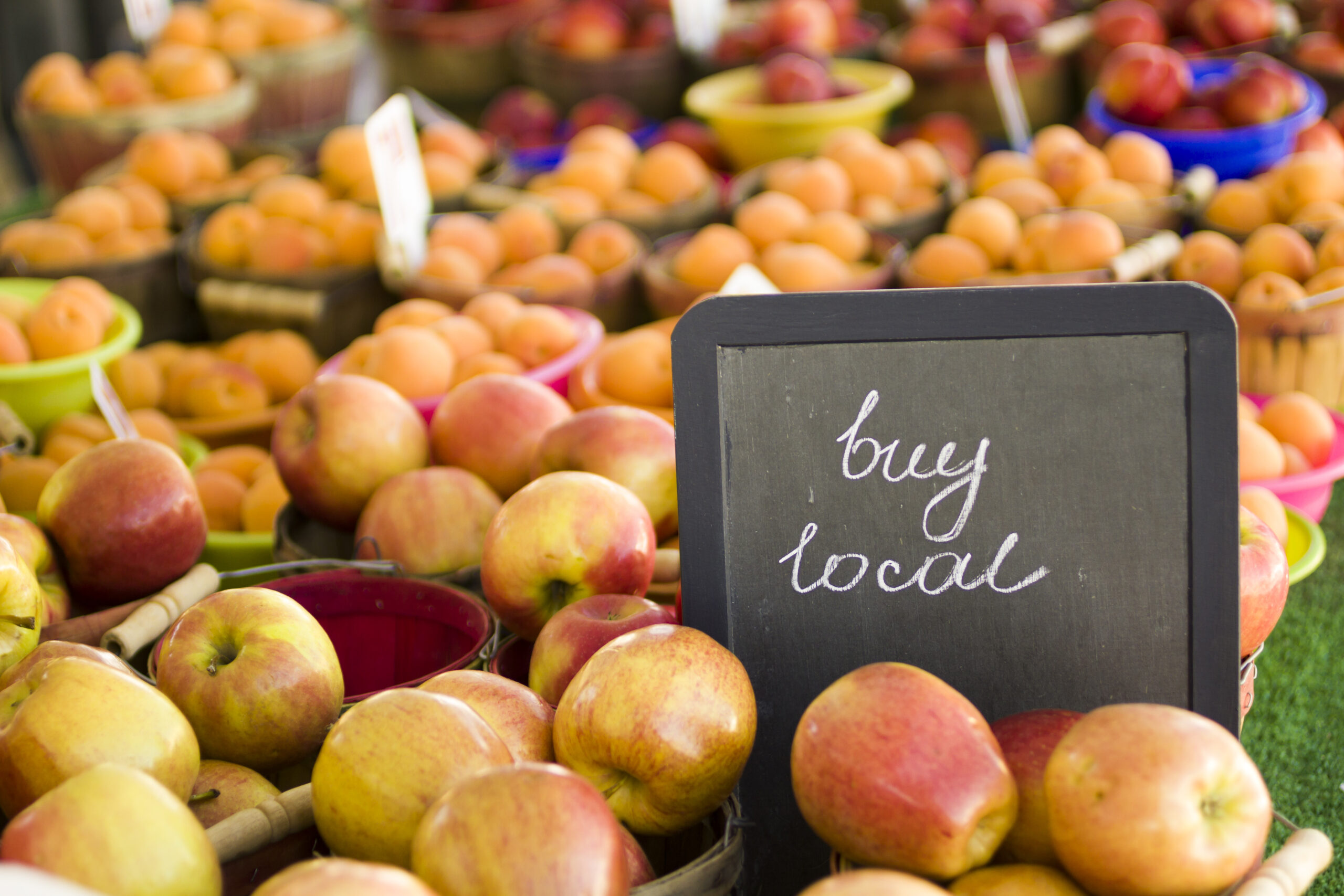As we continue to learn more about how the world’s mass consumption of plastics are affecting our environment, we get progressively more aware of the products we buy. In the CPG space, that means manufacturers are feeling the pressure to reduce single-use plastics and develop sustainable packaging. In a recent report from IRI and CSB, 27% of shoppers — and 32% of Gen Z and Millennials — seek out retailers that carry sustainable products. The challenge becomes how to do so on ever-tightening budgets, while remaining true to brand and consumer expectations.
In the past few years, the removal of plastic single-use straws has been a priority for some major companies like Starbucks. Los Angeles is limiting the use of disposable napkins and utensils in restaurants. Others have opted to take on “sustainability pledges” that aim to reduce greenhouse gas emissions. And while plastic-free aisles may still be a far-off notion for many large retailers in the U.S., trends like these might be something brands and stores want to be ready for–and cutting-edge technology is aiming to help.
Virtual simulations are one such option that allows teams to visualize and test new packaging and messaging designs within the context of the store shelf. This gives teams an understanding as to the impact a new design, type of material, or messaging might have on consumers behavior. They can then make informed decisions on whether or not a change to sustainable packaging or reduced plastic use would be beneficial overall.
Virtual Package Testing Provides a Look into the Future
Let’s say you’re a snack food brand who wants to get rid of the traditional plastic packaging on your granola bars, in favor of biodegradable materials. You want customers to still recognize your product, but also understand your environmental motivations behind the change. Once you have a few designs nailed down, you can then digitally test those designs in virtual with real shoppers. This allows you to get purchase data for each before deciding which concept to take to market. You can get both attitudinal and behavioral insights so you’ll know exactly how real shoppers will react to the change.
Infographic: How to be Eco Friendly for the Holidays
Download these 5 handy tips!
For example, a manufacturer wanted to learn if new packaging for a frozen food product would help them save money on materials. They came up with two new concepts and virtually tested them with shoppers against the current package design. They looked at shopping behavior, provided pre- and post-shopping attitudinal surveys, and timed how long it took shoppers to find the products in the store in order to determine findability. In the end, they found that the cost savings of new packaging wasn’t enough to offset the sales decline. They stayed with their original design, saving them well over $500,000 in redesign and production costs, as well as the risk of a significant loss in revenue.
Perhaps going green and replacing plastic packaging with earth-friendly materials will cause your sales to soar. Or perhaps it won’t. But at least testing with virtual gives you the foresight to know what will happen before creating any physical prototypes, and you can decide what makes the most sense for the environment, for your customers, and also for your brand. Shopper trends can fizzle out, or they can turn into a movement that will become the norm in the future. Our technology gets you ready either way.




